Stepping into Lijiang, you can definitely feel time winding down. The city’s heartbeat was much slower. Gone are the towering skyscrapers and neon lights, replaced by the Yulong mountain range that stretches almost entirely along the city. Although there is a metropolitan city center, it is much smaller in scope. There is no subway system, with limited bus support. Most of your travelling here will most likely be via taxi or a tour bus should you choose to do so.
Lijiang’s primary attractions are much more in tune with nature than the rest of the cities I have visited. As mentioned, it is host to – or rather, the Jade Dragon Snow Mountain (literal translation) plays host to the city, where the Naxi people reside. The Naxi are an officially recognized ethnic group by the People’s Republic of China, and is one of 56. Apparently they were involved in the early days of the tea and silk trade, which is why a large number of shops here are dedicated to selling various fabrics and tea tasting stalls.
There is a huge number of destinations to truly dive into but with only a day and two nights here, the amount of destinations I could realistically explore was three, the Jade Dragon Snow Mountain, the old town of Lijiang, and the ancient town of Shuhe. Once I arrived by airport, it was a reasonable bus ride to the city center and then I taxi’d to the hotel’s address, which the guy couldn’t actually find because his phone GPS signal was weak for some reason so I had to give him the instructions from my phone. I didn’t realize it at the time but the hotel I reserved was actually inside the ancient town of Shuhe. I was simply too concerned about burning too much daylight to be able to explore the old town properly which was the primary goal of that afternoon. Thankfully, the hotel wasn’t too difficult to find and the staff were friendly enough to provide guidance on how to approach touring the old town.
The Lijiang old town used to be the city center, but because it was well preserved and its architecture has remained largely intact over the years, they essentially converted most of it to a tourist attraction and built the rest of the city around it. During the day you can find various shops, eateries, tea tasting stalls, flower cake bakeries, fruit vendors, flower arrangements, drum sellers, weavers, craftsmen, inns, and even a wax museum (you get the idea). During nighttime, when most stores close, the bar street comes alive and becomes the center of the ancient city, a very weird clash between old and new. Fog machines spew mist into the streets whilst strobe lights wreak havoc on unsuspecting passerby trying to take pictures. I don’t think my generation knows how to dance though, as I passed by the noisy clubs the amount of dancing I saw amounted to 20 somethings jumping up and down to part rave part traditional Chinese music. It was interesting, if not slightly bizarre to watch. I have a clip of it but the Wifi is too slow for me to embed, so you’ll just have to use your imagination!
For most people exploration of the old town will begin at the Black Dragon Pool – it is the main source of water for the city and thus its importance cannot be understated. Water flows in small aqueducts towards every part of the old town, and so it’s role is comparable to the human heart. As such, to even enter the park that surrounds the pool requires a preservation fee of 80 CNY. It was probably the first time I saw clear water outside during my visit to China so it was definitely a very nice change of pace.
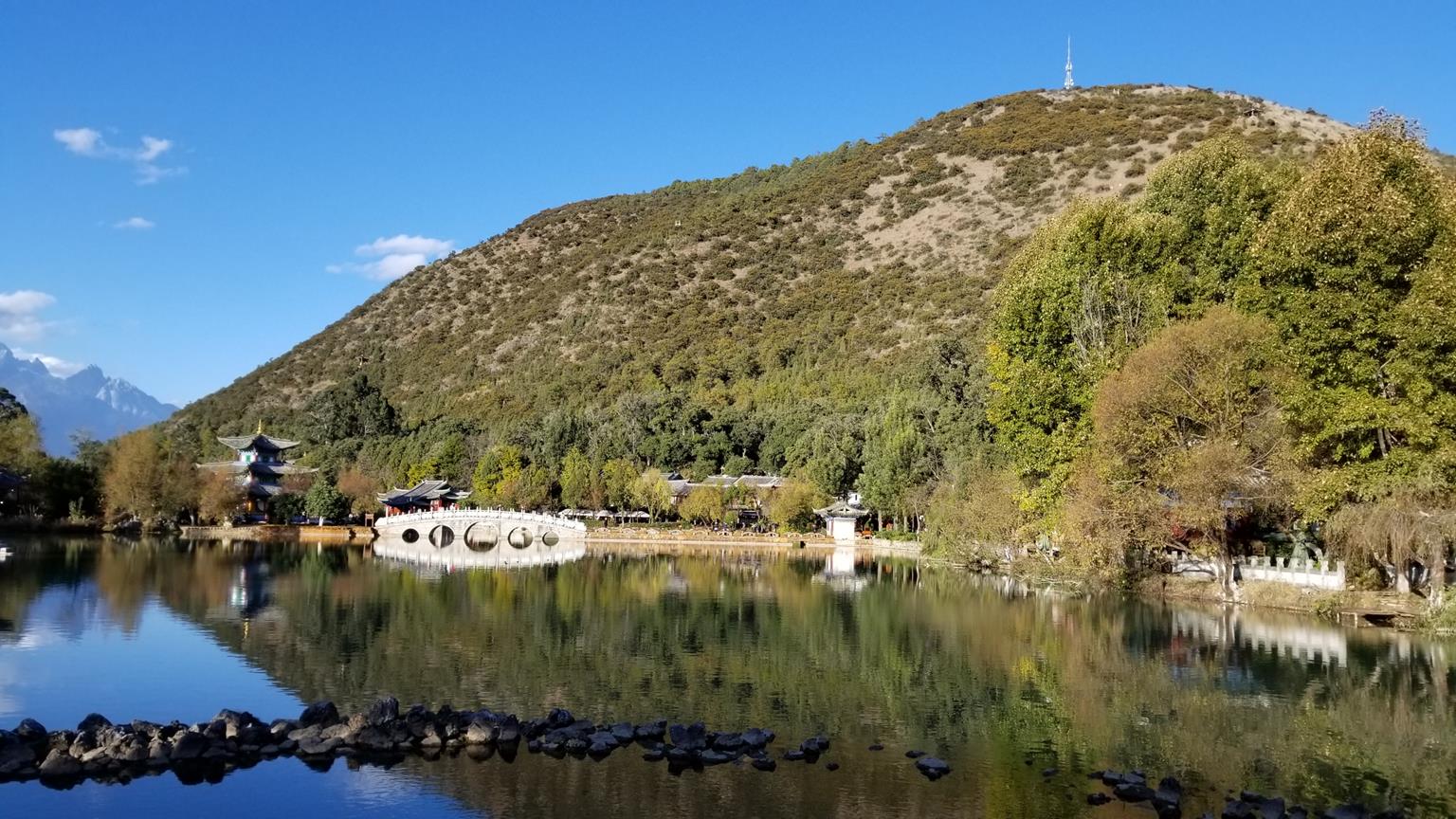
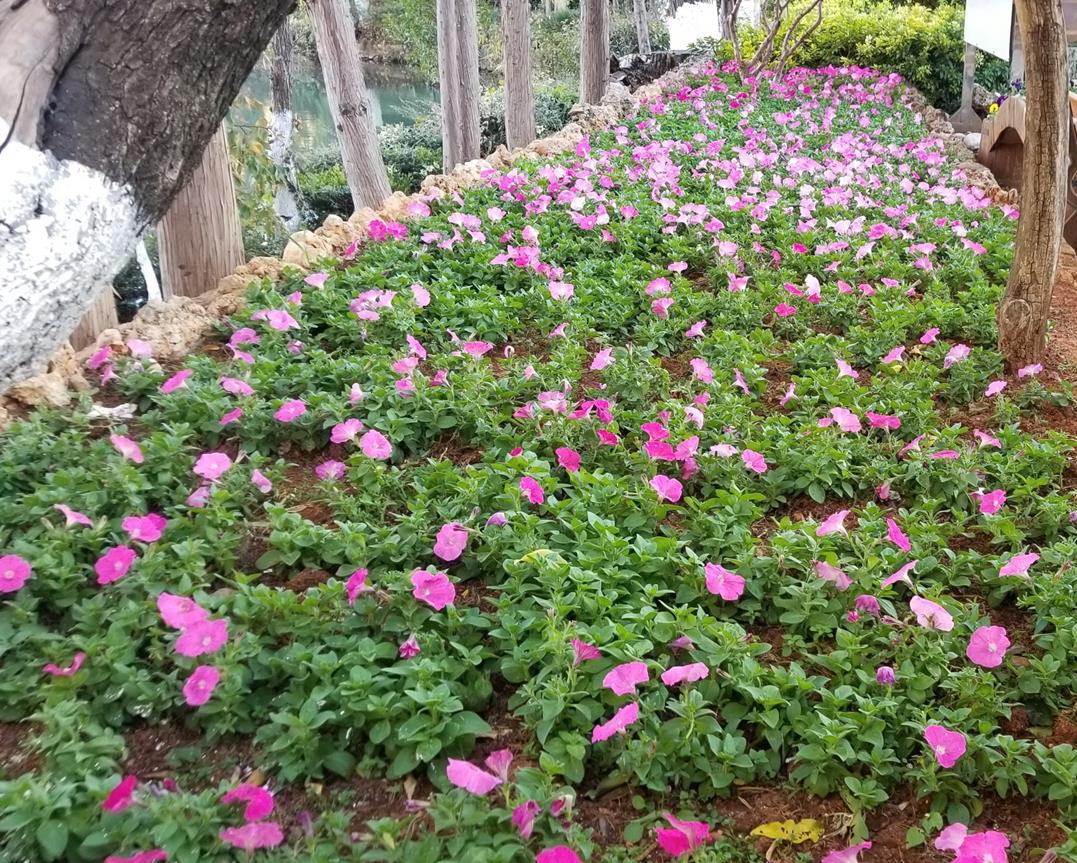
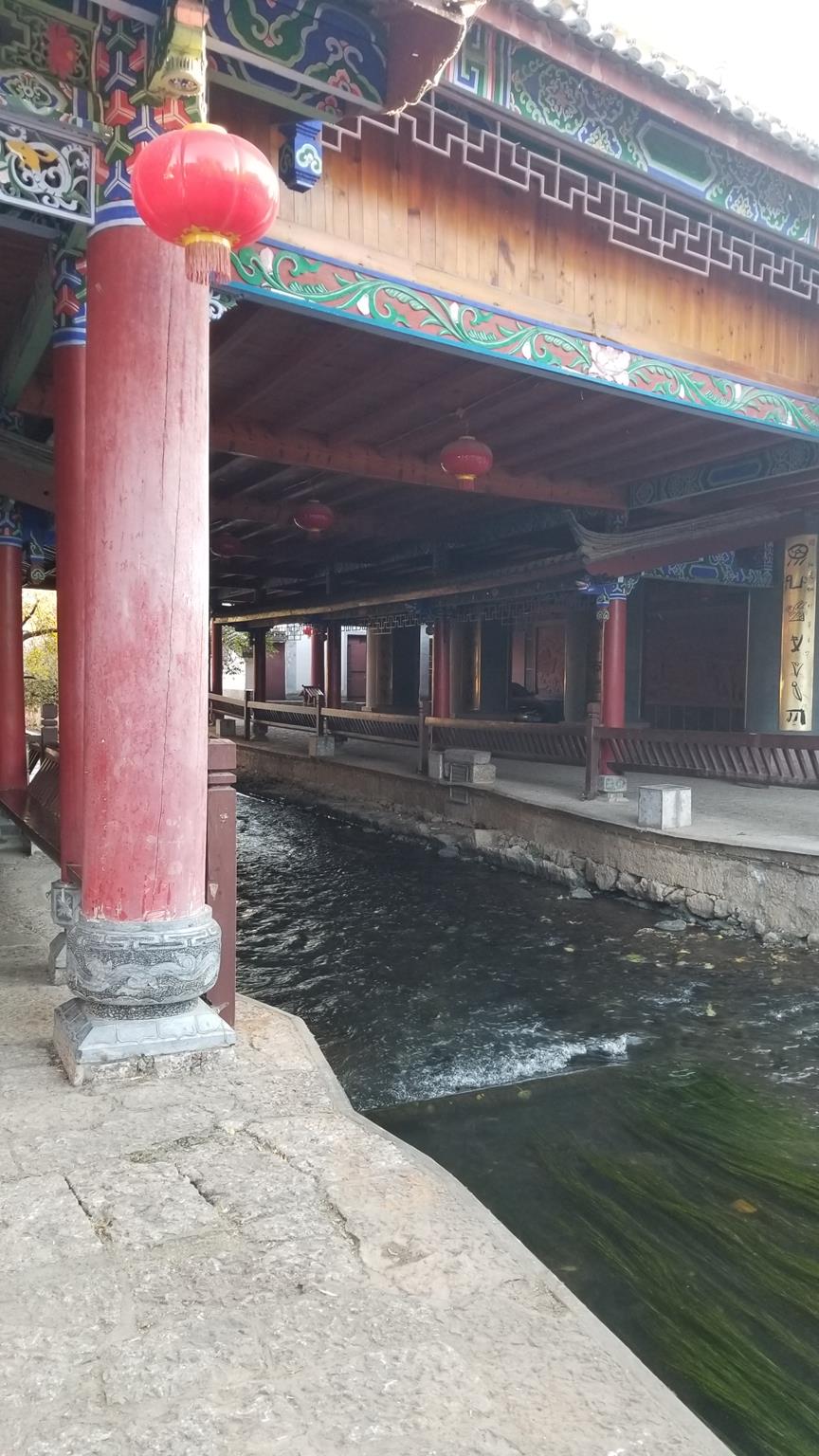
Ambling south towards the old town, you could definitely start to see more signs of tourism. Once you reach the giant waterwheel and the heritage wall you know that you’re in the old town. From there, you can take a myriad of different paths, each with its own twists and turns, so it’s really easy to get lost if you don’t follow the helpful signs, use a map, or have a keen sense of direction.
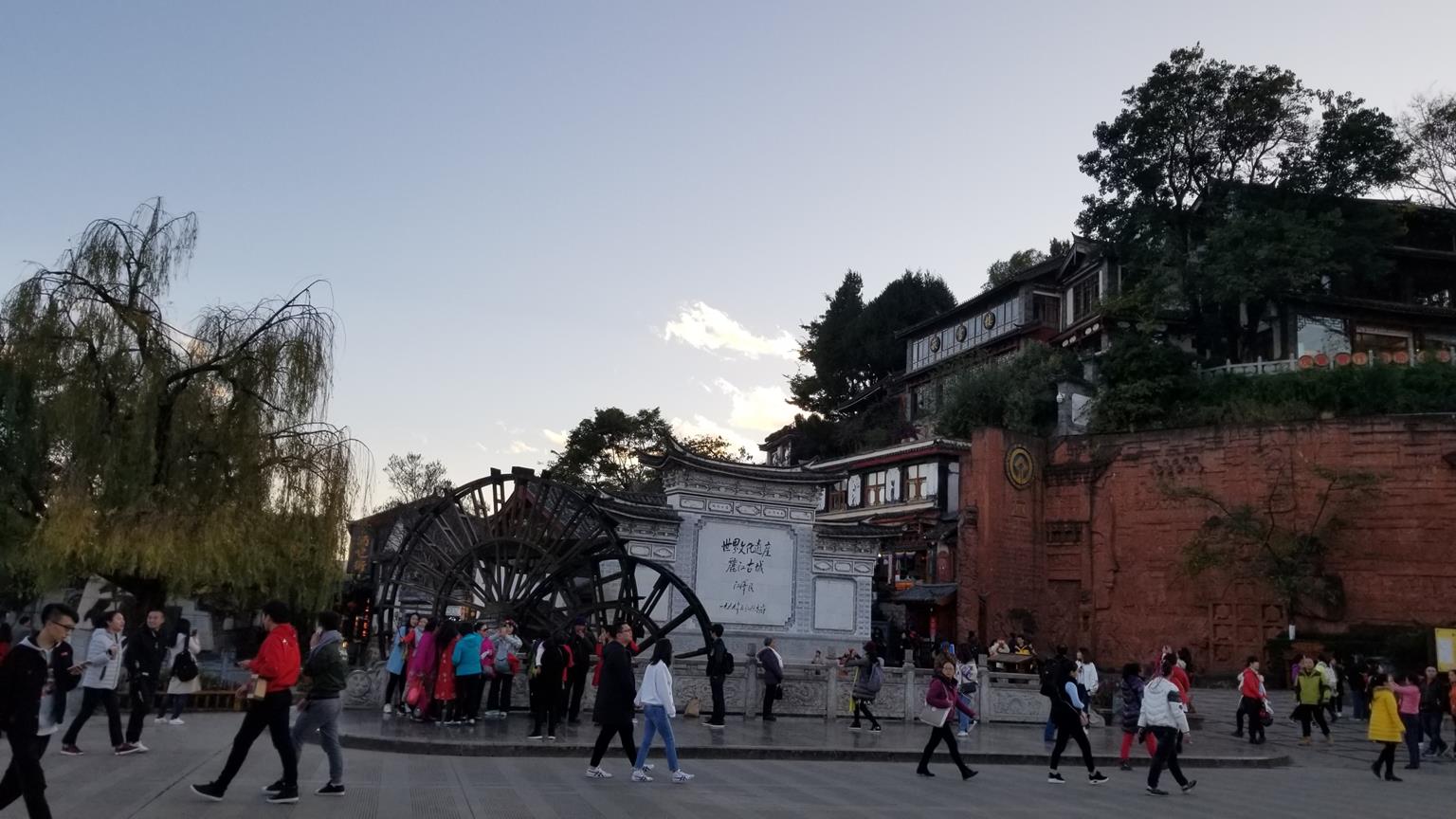
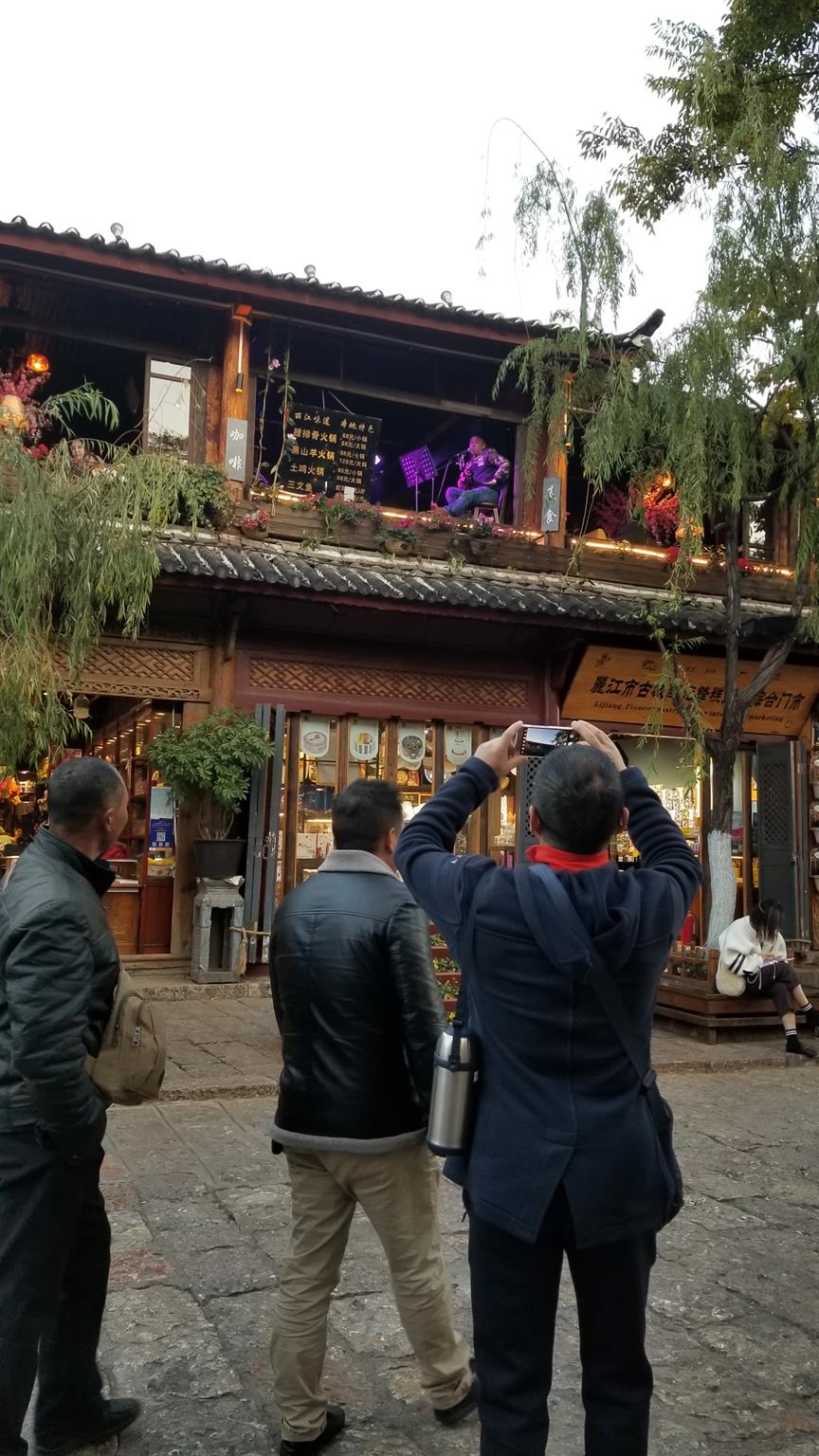
As you can tell by the time I got through most of the town night was starting to fall. The summary of the whole experience is essentially that I ate too much, I drank a lot (of juice), and I bought some yak jerky.
The next day’s main destination was the mountain. For most people visiting the mountain, they stop at the 4680 meter mark, where it’s not too difficult to breathe. You can ascend higher provided you have the gear for it but as I am in no shape to go on a mountain climbing expedition I stuck to the basics for this one. It is worth noting that the mountain is under much stricter police supervision than any of the other places I’ve been to so far – the taxi I took would only go so far as the ticket booth, which was 10 km away from the base of the mountain. I had to take another taxi with another guy who was also travelling by himself driven by people of the Naxi tribe. As such, I would strongly recommend not to venture to the mountain via any means other than a guided tour to save the hassle (you could alternatively drive yourself but I believe there’s additional fees involved?). On the bright side it was cheaper than what the taxi would have been. According to the driver to and on the way back (managed to take a taxi that time) the amount of scrutiny is heavier earlier during the day and loosens up as the afternoon rolls out, but by that time you can’t really ascend the mountain anyways because the gates close at around 4 PM.
That aside, if you do find yourself in Lijiang for whatever reason, the mountain is definitely worth going to. It provides some amazing views of the valley, and after you ascend it, you can go back down to the valley and visit the man-made lakes below. Both are very beautiful in terms of scenery, something that you really wouldn’t expect to be left in China after visiting city after city of smog.
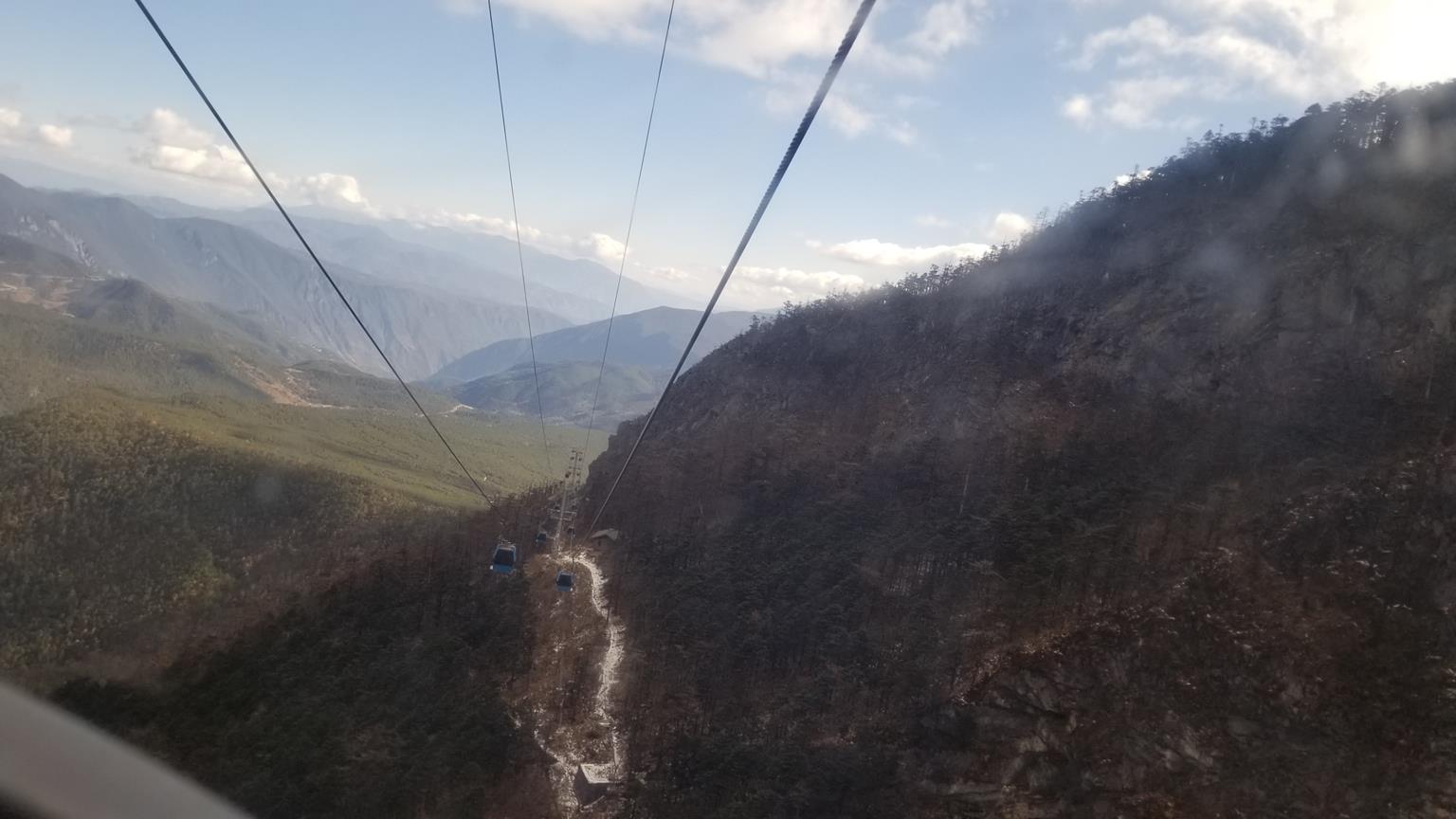
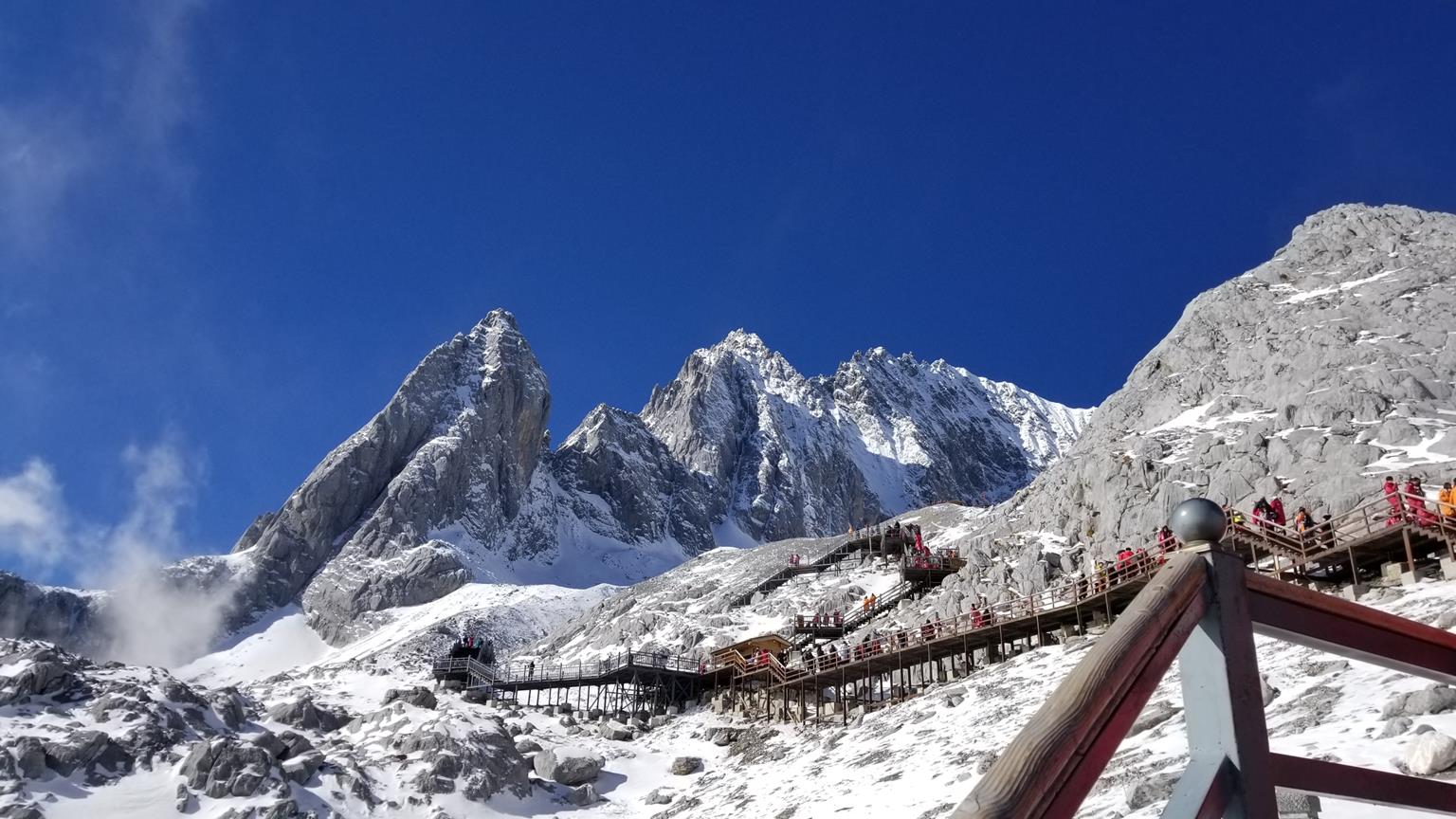
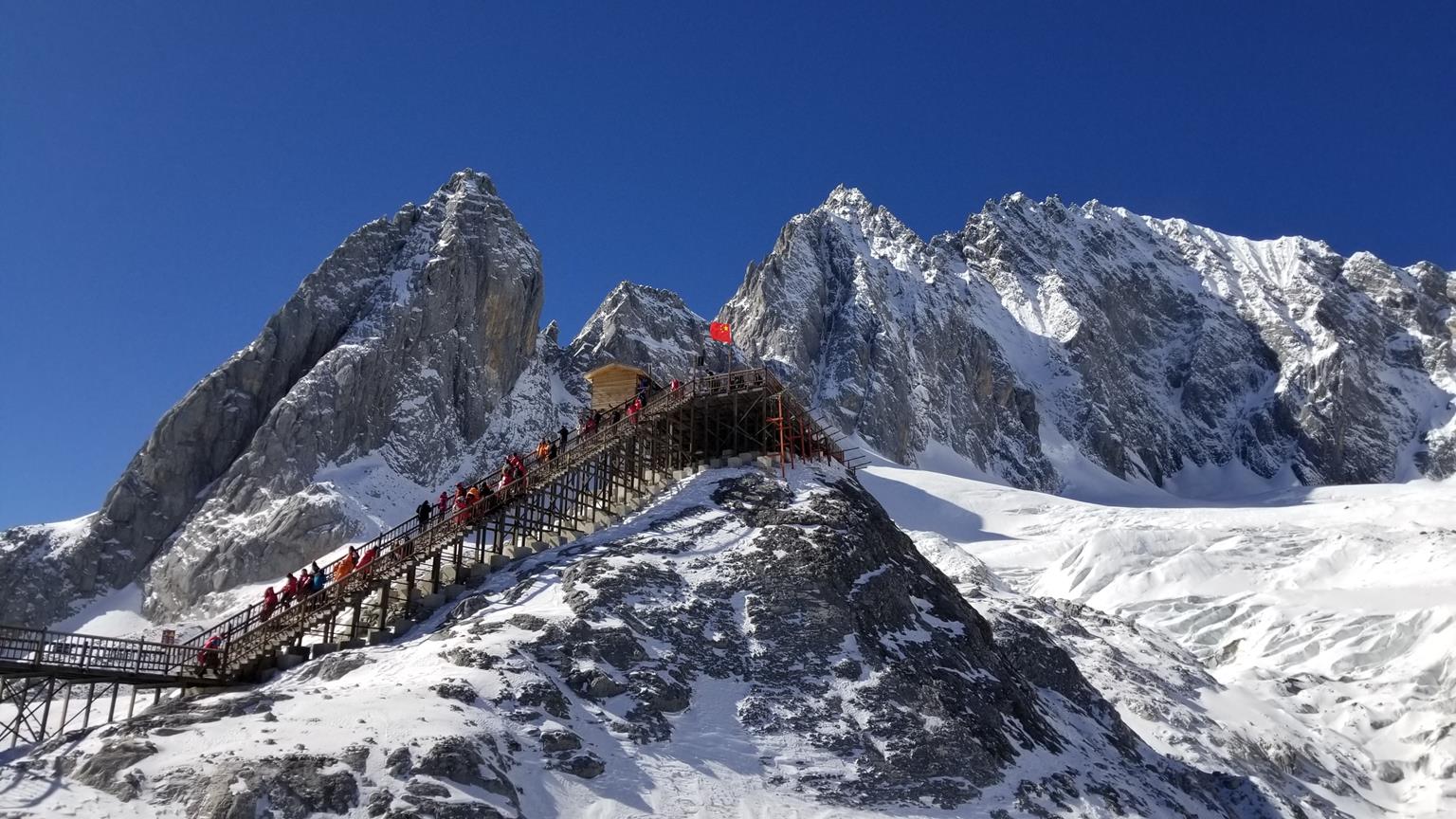
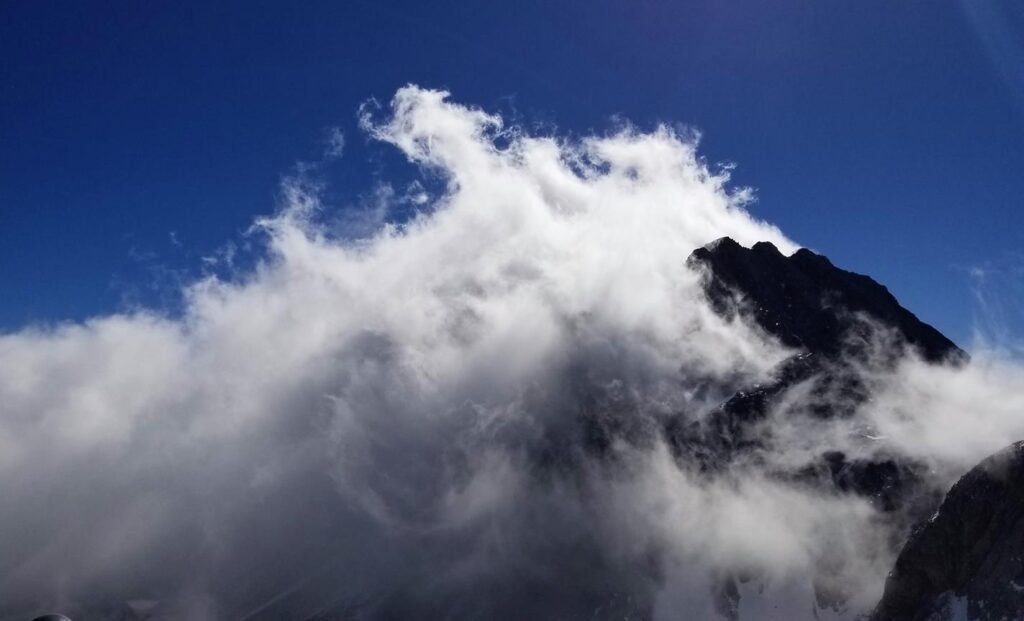

The ascent is definitely challenging for kids or the elderly; despite the only 300m vertical difference – the winds really pick up speed the higher you climb. You can purchase canisters of oxygen if you feel lightheaded or dizzy, which definitely helps. Fortunately, there are many resting areas along the way so you can sit down and catch your breath.
Afterwards you have a few choices, you can go towards the valley (what I did), go towards the meadow to see the roaming yaks or watch a performance put on by the Naxi. The performance is usually bundled with tours and needs to be reserved in advance, so I headed back down towards the valley (called Blue Moon valley) to see the lakes and waterfalls.
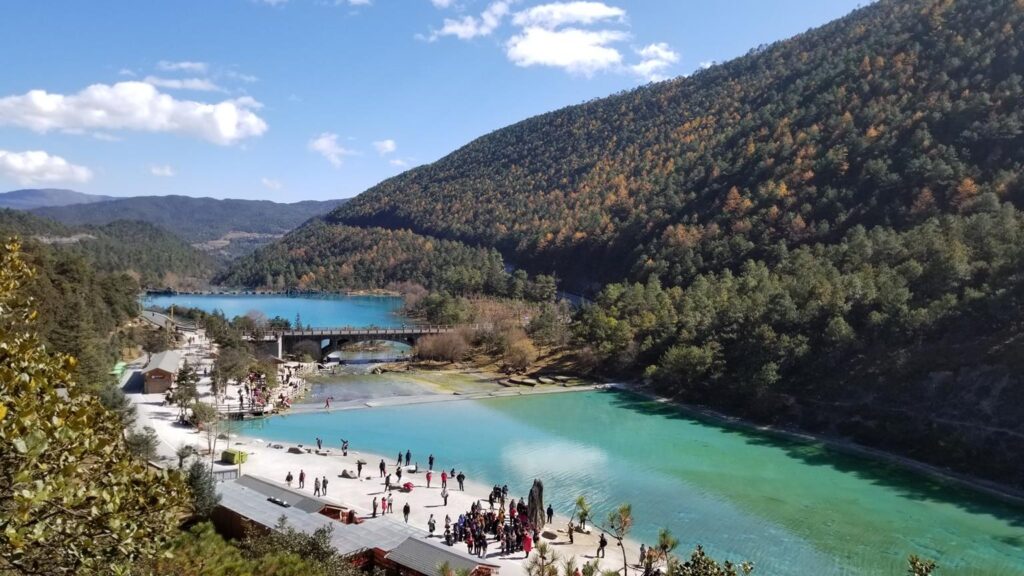
There’s two ways to go about the valley – you can start from the bottom and work your way up, or start from the top and work your way down. There’s also two sides that you can view the scenery from, and for the truly lazy, a battery car service that picks you up at each vista, lets you take a few photos, and whisks you off to the next one. As the ticket price includes admission to this location, it is definitely worth going to after the mountain. Despite the lakes being man-made, it doesn’t detract from the lush valley providing a beautiful backdrop to all the selfies and wedding pictures that were being taken here. The walk was also a great break from the thin air on the mountain.
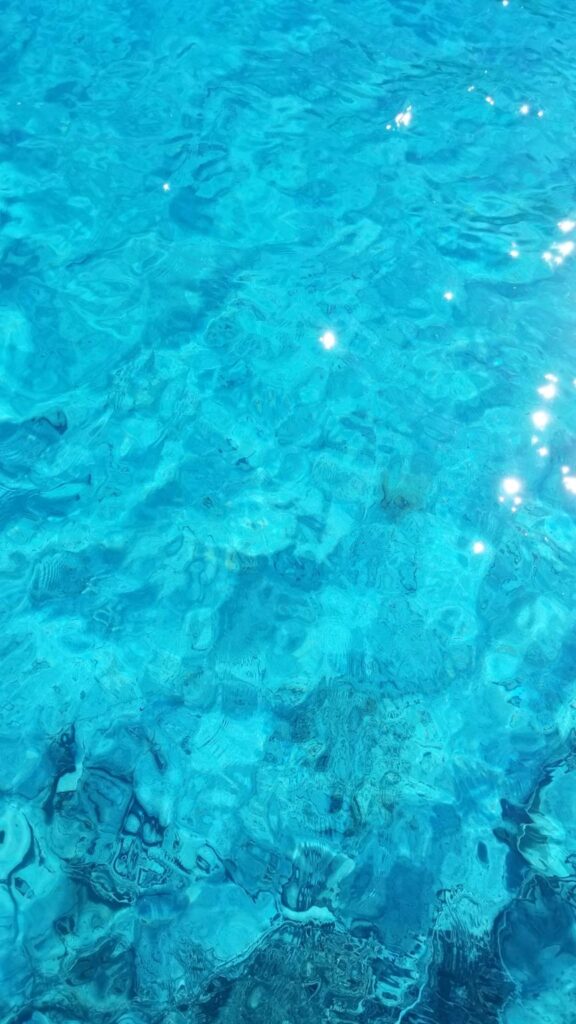
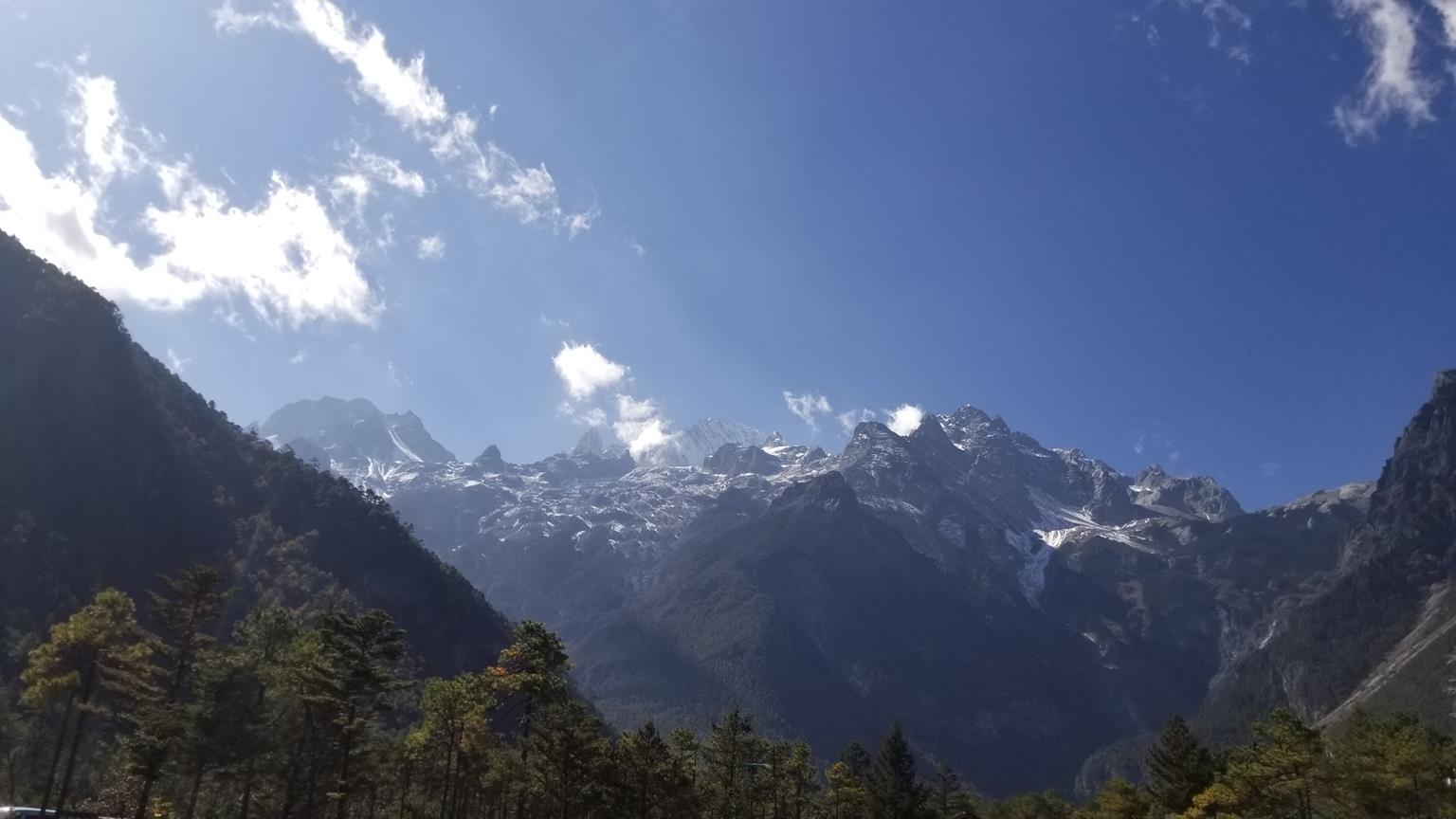

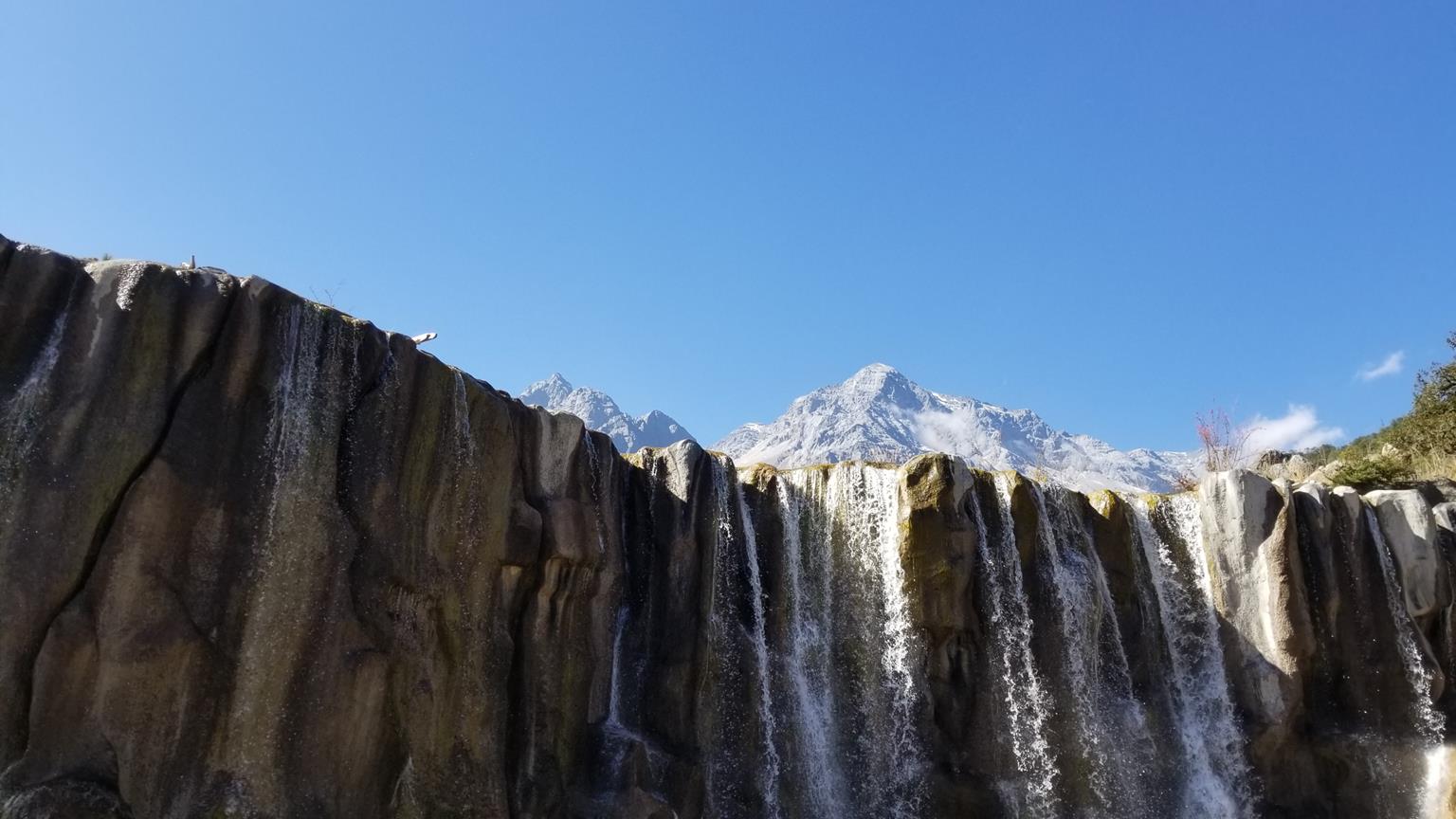
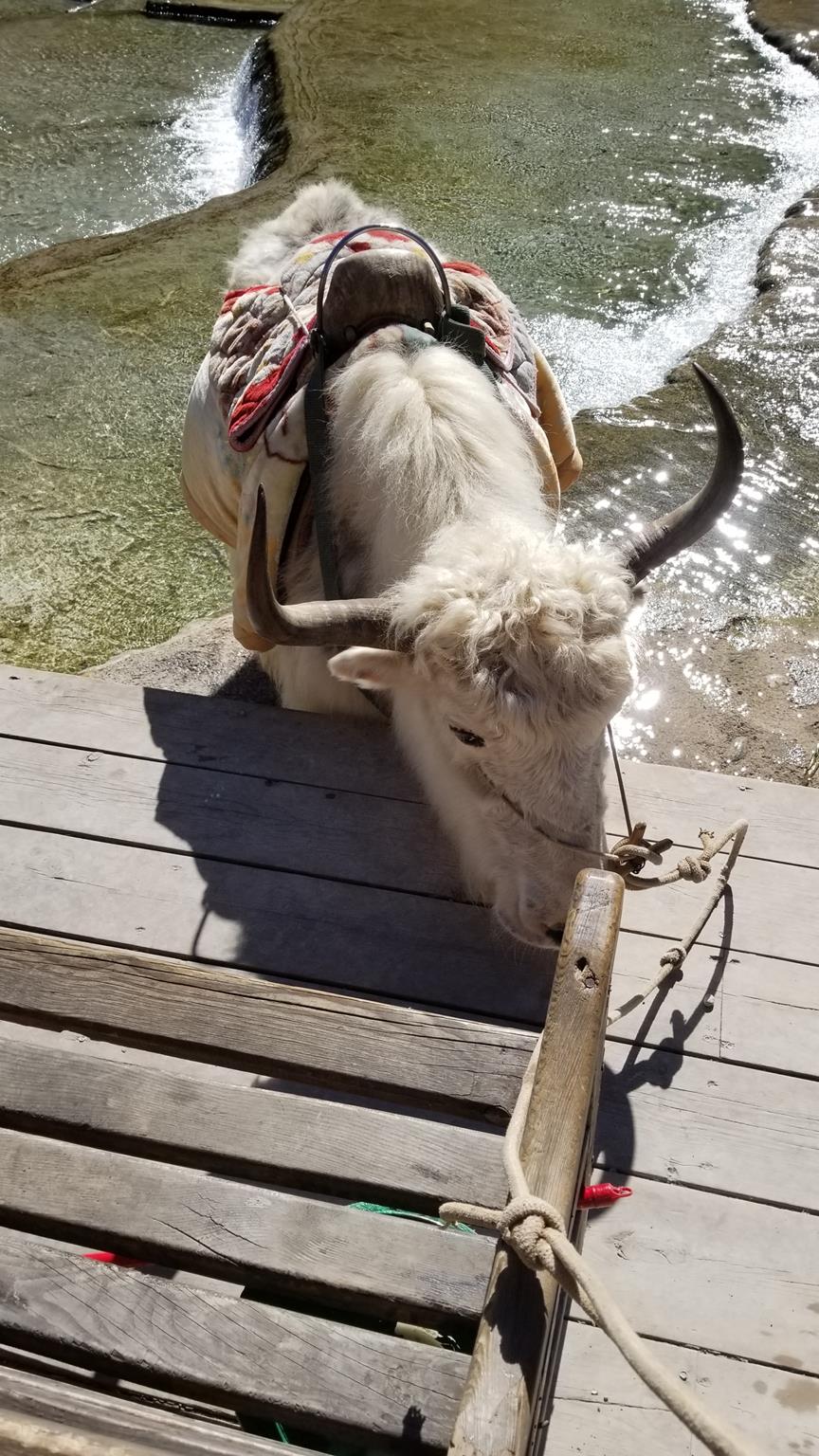
After that excursion, I took a quick trip back to the hotel, and started walking around the ancient town of Shuhe. In many ways, it is an extension of the old town. The stores and stalls all sell similar things, but it is much closer to the forest, ponds, and hills. It also has a lot more horses, which you can ride (for a fee of course).
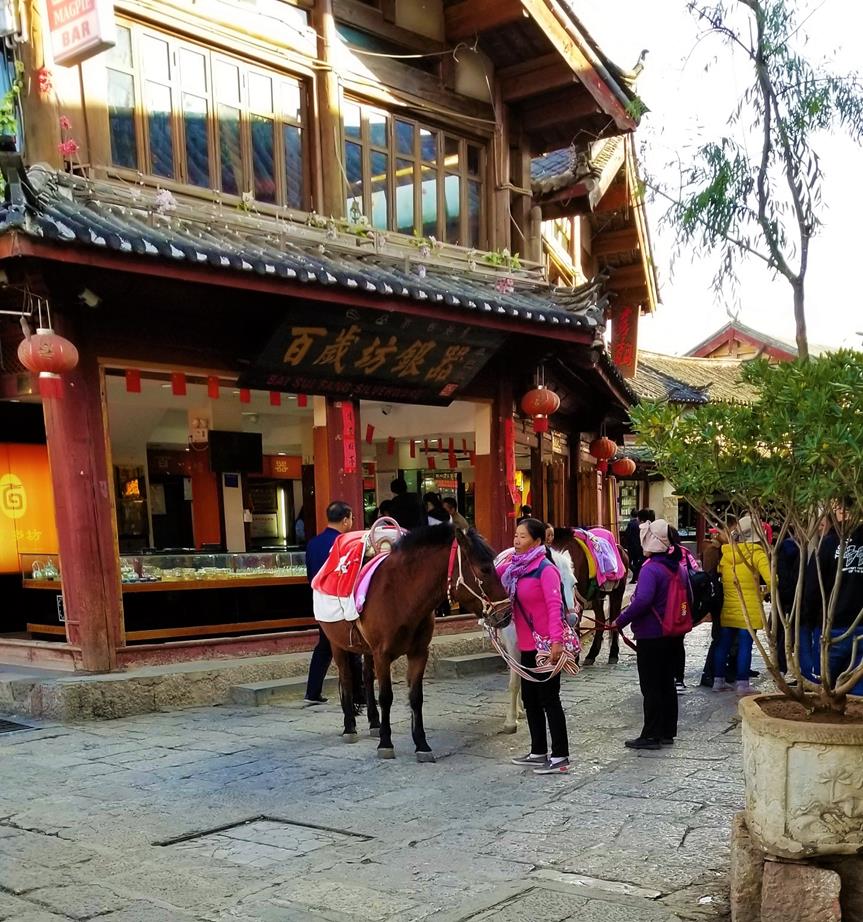
This part was definitely more peaceful than the main old town – both are definitely worth visiting in their own right, and if I had more time I would have most likely spent more time in Shuhe. There are bike excursions as well as a “treasure” hill that you can climb, but that will have to be in the future. I did manage to enjoy more of the local cuisine, in particular the rice thread dish at one of the places I tried, it was only 15 CNY but I felt like I died and went to food heaven.
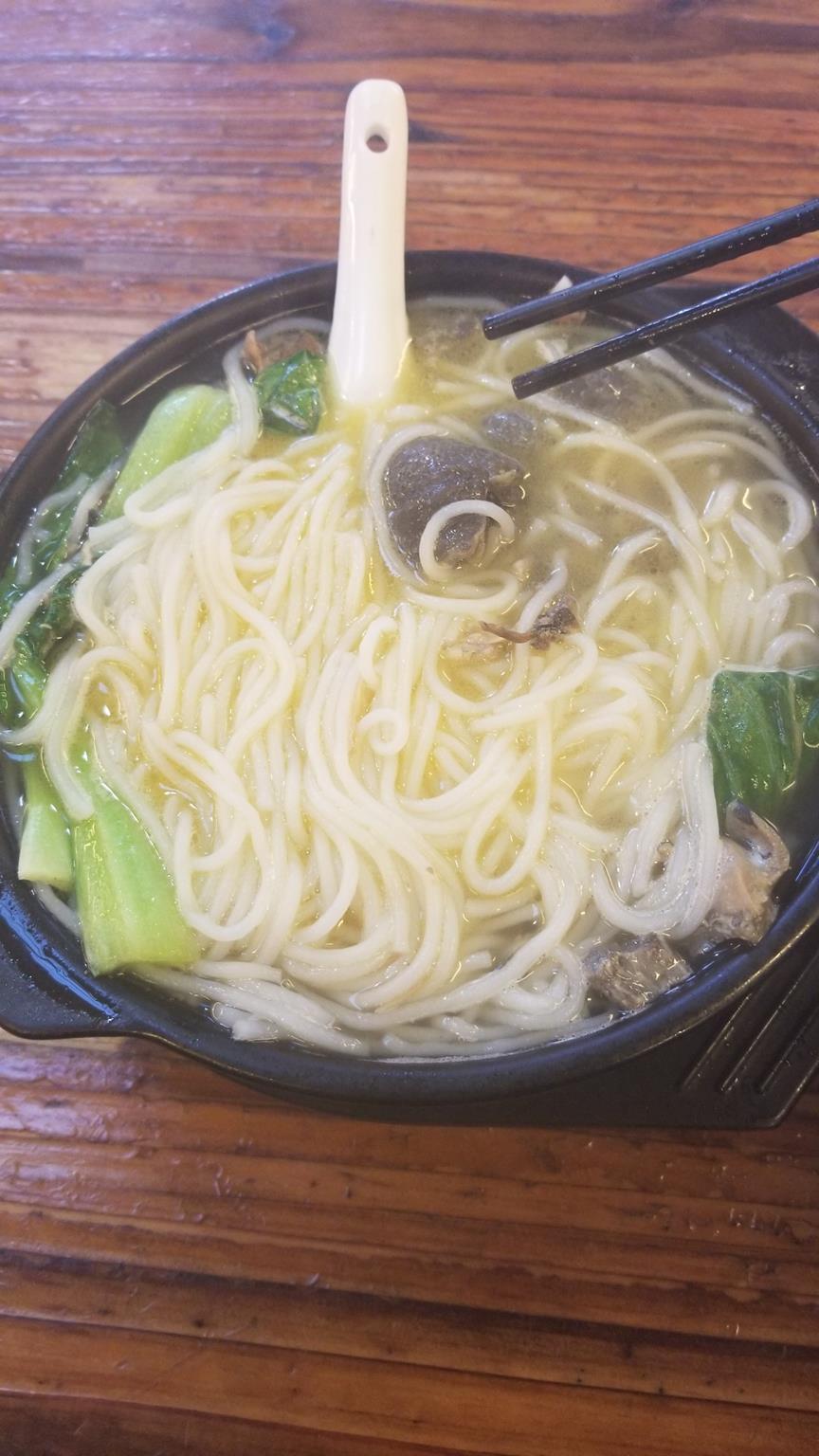
Sadly I have to part ways with this lovely town, which has been quite possibly my favorite destination yet. Tomorrow I head back to another buzzing metropolis, Shenzhen. (Will be arriving late so no entry again.)